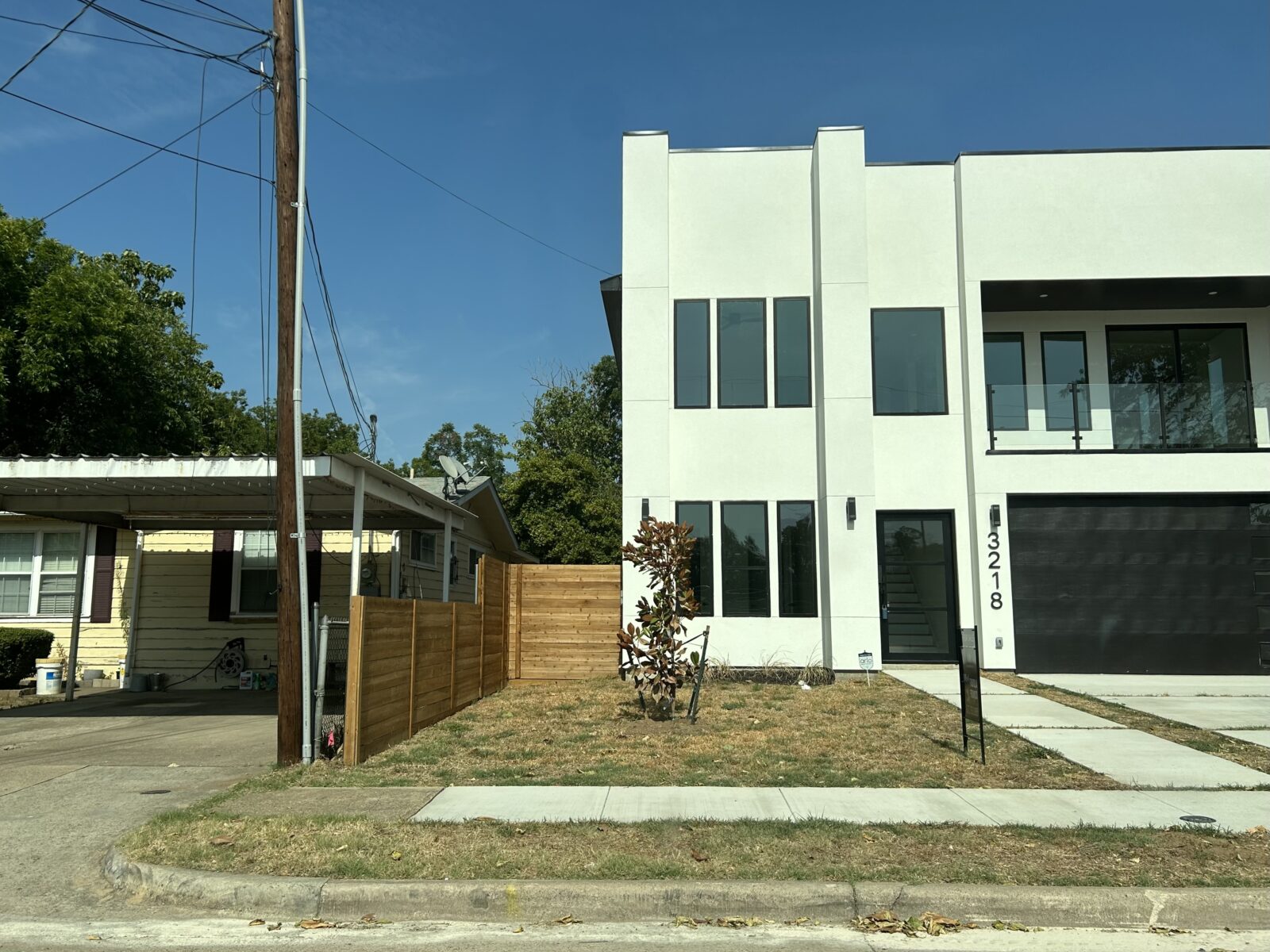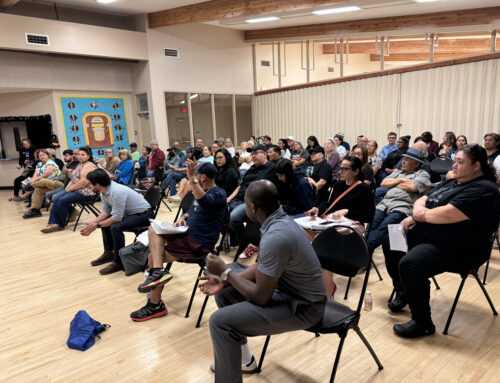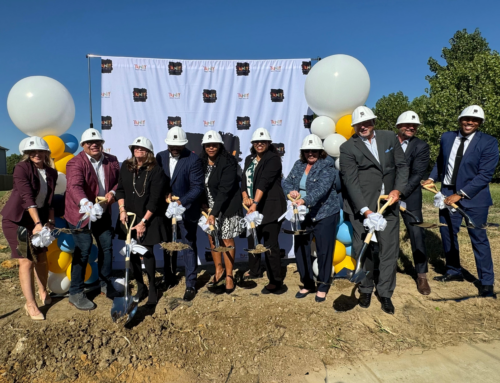Newsletter: A legal precedent for La Bajada

The City screwed up, but the courts ruled in its favor anyway.
The summary of the court case tells the story:
“Dallas residents Doug and Grace Vanesko wanted a larger home, so they decided to tear down their existing house and build a new one in its place on the same lot. To save money, they also decided to design the new structure themselves, without the assistance of architects and engineers, and act as their own general contractor.
“When submitting their building plans to the City of Dallas for a permit, the Vaneskos paid an additional fee for the City to do a more extensive plan review to ensure that the plans were in compliance with all city building codes and ordinances. The City approved the plans as submitted and issued a building permit.
“During the following year, as the new house was being constructed, City inspectors frequently visited the site without complaint. Then, after the roof was framed in, an inspector advised the Vaneskos that the structure was too high, in violation of the zoning ordinance.
“Rather than order the work to be stopped, the inspector recommended that the Vaneskos seek a height variance from the City of Dallas Board of Adjustment [BOA] … The City staff and eighty percent of the neighbors surrounding the property supported the Vaneskos’ request for a variance. The remaining twenty percent of neighbors did not actively support the variance, but neither did they object to it.
“Nevertheless, the Board denied the Vaneskos’ variance request.”
The case of City of Dallas v. Vanesko, heard by the Texas Supreme Court nearly 20 years ago, parallels a current situation in West Dallas’ La Bajada neighborhood, where a City of Dallas contractor signed off on a building permit that violates both city codes and La Bajada’s Neighborhood Stabilization Overlay (NSO), which limits a home’s height to 27 feet.
One major difference in the two situations: Eighty percent of the Vaneskos’ neighbors in North Dallas supported the variance for their home’s height, while in West Dallas, nine pages of signatures oppose the variance request for a home in La Bajada to remain five feet taller than the NSO allows.
La Bajada neighbors will speak before the quasi-judicial Board of Adjustment again this afternoon, asking them to follow the precedent in this 2005 case. When the board denied the Vaneskos’ request for a variance, the Vaneskos sued the board and the city (the only recourse for a Board of Adjustment decision) in Texas district court, essentially arguing, “We received a permit from the city and we built our house according to plan; this is not our fault.” The district court agreed with the Vaneskos and ordered the board to reverse its decision.
The City of Dallas took the case all the way to the Texas Supreme Court, which “had to determine whether a city can enforce a zoning ordinance against a property owner whose substantially completed new home has been built in violation of the ordinance, even though the city had given preliminary approval to the owner’s building plans.”
“We conclude that it can,” stated the nearly unanimous opinion of the Texas Supreme Court; just one justice of nine dissented.
This originally was published as a Dallas Free Press newsletter. Subscribe here.
Share This Story, Choose Your Platform!
Keri Mitchell has spent 20+ years as a community journalist, including 15 years dedicated to community and civic journalism at Dallas’ Advocate magazines. She launched Dallas Free Press in early 2020 with the belief that all neighborhoods deserve reporting and storytelling that values their community and holds leaders accountable.
Mitchell says she is energized by “knowing our work is making an impact — listening to people, telling their stories with strong narratives paired with compelling data that leads to change. I also love spending time in our neighborhoods and with our neighbors, learning from them and working to determine how journalism can be part of the solution to their challenges.”
Mitchell is proud to be the winner of multiple awards during her journalism career including: Finalist in Magazine Feature Reporting (2018) and Finalist in Magazine Investigative Reporting (2017) from Hugh Aynesworth Excellence in Journalism, Best Feature Story (2011) from Texas Community Newspaper Association and Best Magazine Feature (2011) from Dallas Bar Association Philbin Awards.
Areas of Expertise:
local government, education, civic issues, investigative and enterprise reporting
Location Expertise:
Dallas, Texas
Official Title:
Founder + executive director
Email Address:
keri@dallasfreepress.com





